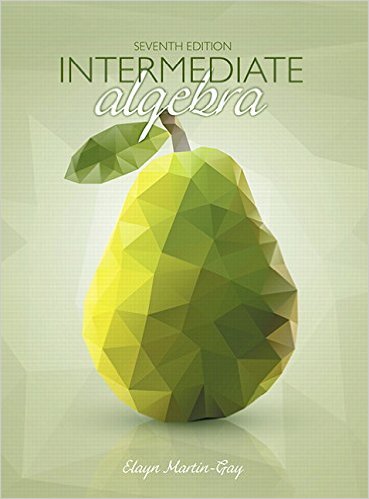| I would advise you Sir, to study algebra, if
you are not already
an adept in it: your head will be less muddy, and you will leave off tormenting your neighbors about paper and packthread.... -- Samuel Johnson  Instructor Resources
Instructor Resources -- Group Projects, Handouts, Sample Exams, etc. |
Coping with Math anxiety -- a great article for you Math Links for Information and Fun -- find out the links between math and everything  Student's
Handouts Student's
Handouts
-- take with you for your next Q course |
| Name |
Section |
Office |
Office Hours |
| Sarah
Glaz
sarah.glaz@uconn.edux (click on link and remove end x) |
Faculty Contact
|
MONT 230 (860) 486 9153 |
TBA |
| Maria
Gageonea maria.gageonea@uconn.edux (click on link and remove end x) |
Instructor
001TTh 8:00-9:15 MONT 113 M 3:35-4:25 MONT 113 |
MONT TBA (860) 486 3595 |
TBA + extra office hours before exams and by appointment |
Math 1011Q is a course designed to serve as preparation for all the other Q courses offered at UConn. It emphasizes two components, the mastery of each is equally important for success in any course employing mathematics. The first component is made up of the collection of fundamental algebraic concepts and their manipulations. Most of this material is taught in High Schools and Community Colleges under the name Intermediate Algebra or Algebra II. Math 1011Q covers this material using a college algebra approach. The second component consists of using these algebraic concepts for solving multi-step problems from other disciplines. This practice is called Mathematical Modeling, and is the part of the course that gives Math 1011Q its unique interesting flavor, liveliness and usefulness beyond a usual Intermediate Algebra course. Students work on mathematical modeling projects in small groups. Math 1011Q is the permanent replacement for the course formerly numbered Math 101. Math 1011Q earns students 3Q credits which count towards graduation.
 Intermediate
Algebra, by K. Elayn Martin-Gay, 7th edition
Intermediate
Algebra, by K. Elayn Martin-Gay, 7th edition 
